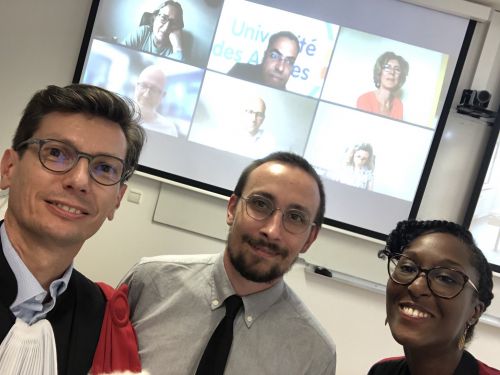
Ce mémoire d’HDR traite de la psychologie et de la gestion du travail virtualisé, c’est-à-dire de l’étude des individus dans le cadre d’un travail dépendant de l’usage de technologies de l’information et de la communication (TIC), et de la gestion de ce travail. Mes travaux, positionnés à la fois en systèmes d’information et en comportement organisationnel et mobilisant des méthodes quantitatives et qualitatives, explorent différents enjeux et phénomènes liés à l’usage des TIC et aux nouveaux modes de travail qui en résultent, tels que le technostress ou le télétravail. Je me suis particulièrement attaché à établir l’importance des perceptions subjectives dans ces phénomènes, par exemple en ce qui concerne l’évaluation du stress issu des TIC ou la désirabilité du travail virtualisé. Mes travaux explorent ainsi les ambivalences et paradoxes qui traversent les individus confrontés au travail virtualisé, partagés entre attitudes de désir et de rejet, entre perceptions d’opportunités et de menaces, entre imaginaires d’utopies et de dystopies. Ce mémoire d’HDR offre un retour réflexif sur mes trajectoires de recherche et mes contributions académiques. Il présente aussi les pistes thématiques et méthodologiques que je souhaiterais poursuivre. Enfin, il synthétise mes années d’enseignement et mon souhait de m’engager dans la formation de doctorants.




